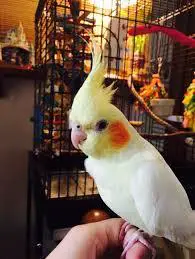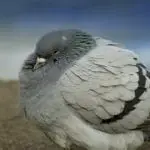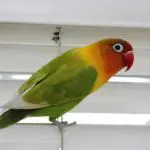Cockatiels are one of the most popular pet birds in the world. They are small parrots that have a different variety of color patterns and a crest. These birds are very attractive, friendly, and also they are easy to be tamed. Cockatiels are much easier to care for and to tame than other species of parrots due to their small size.
A cockatiel is known to mimic speeches, although it is difficult to understand. However, these lovely cockatiels are good at whistling and can also often be taught to whistle tunes. Cockatiels are also small and crested members of the parrot family. Gray is the most common color of cockatiels, and they are known for their mellow nature. Cockatiels’ average adult size is 11-14 inches long, head to the end of the tail. Also, cockatiels’ average life span is up to 25 years with, of course, proper care. Cockatiels are also herbivores.
Lifespan of Cockatiels
The lifespan of a cockatiel that is in captivity ranges over 20 years, while a wild cockatiel lifespan ranges from 10-14 years, but remember that’s taking into account various factors like the predators in the wild, diseases and starvation.
Where do Cockatiels Originate?
The first cockatiels were originated from Australia, and they are found predominantly in the wetlands and scrublands of the said place. The cockatiels love being in humid conditions and in warm places where there is a lot of water in the area.
Signs of Healthy Cockatiels
- Cockatiels should be active
- Cockatiels should be alert
- Cockatiels should be sociable
- Cockatiels should eat and drink throughout the day
- Cockatiels should have dry nares and bright
- Cockatiels should have bright eyes
- Cockatiels should have a normal appearance of their beak, legs, and feet
- Cockatiels should be clean
- Cockatiels should have smooth and well-groomed feathers
Things to Know About Cockatiels
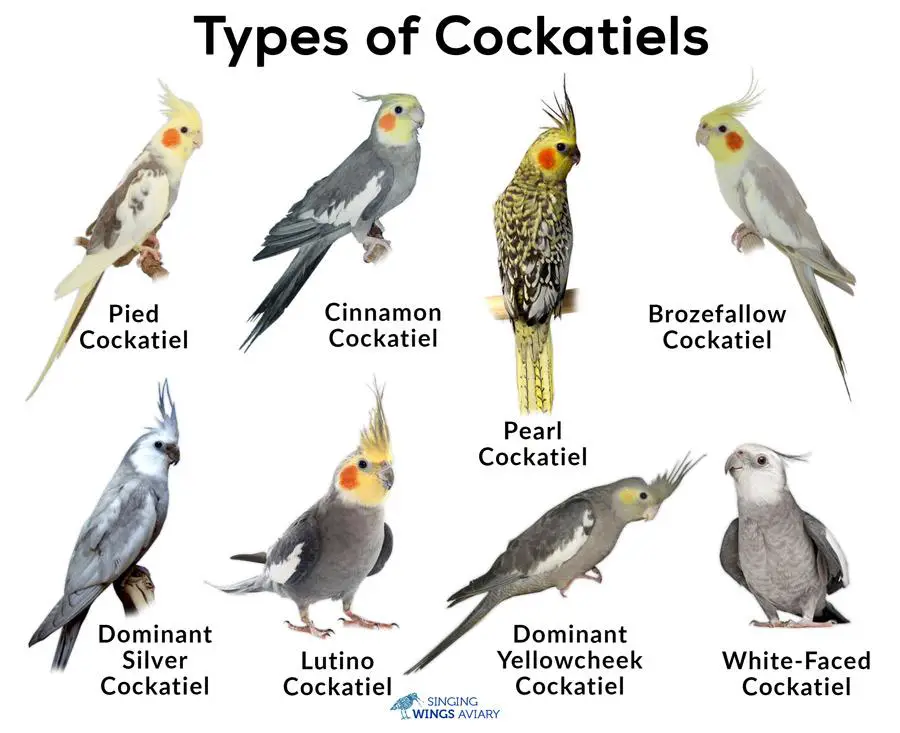
1. Cockatiel Dust
It can be noticed because it’s a fine la layer of white dust that covers pretty much everything near the cockatiel’s cage. This dust came from the white powder-down feathers that are growing close to the bird’s skin.
2. Egg Laying Cockatiels
The egg-laying cockatiels, which are the female one, lays an egg way too many in short succession. This causes potential health issues, including egg binding, weakening if the bones, and paralysis.
When a female cockatiel lays an egg, it doesn’t mean it wants or needs a mate or to have a baby. It just means that the body of the female cockatiel has sent external signals that it’s time to have or build a nest and that she can’t help her instincts.
3. Night Frights and Cockatiels
There’s always something in the darkness always keep the cockatiels frightened. For example, the night noises, shadows, or lights, and the cockatiel tries to take off to protect itself and panicky trash around its cage.
- Respiratory System-given that all parrots have a sensitive respiratory system, but the cockatiels are even more sensitive than them.
- Special Trims for Cockatiel-the bird cockatiel is a very light bird. That’s why it needs a less conservative-wing trim than the other heavier parrots. However, the cockatiel needs all of its flight feathers trimmed and even a few of the lift feathers.
- Noise -the cockatiel is loud in volume.
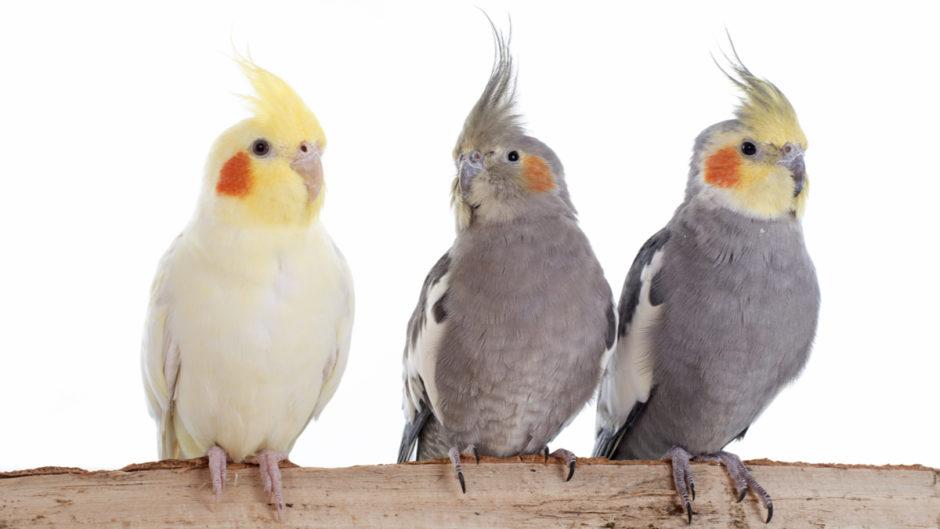
Guide on Buying a Cockatiel
- · Do Some Research
It is a major commitment to planning to have a cockatiel that’s why it is important to know what you are getting into. Having their cages cleaned and have their food and water refreshed daily is required in having a cockatiel.
- · Prepare and Be Ready for the Cost of Having a Cockatiel
The average cost of a cockatiel ranges from $120-$250 or even more. For other expenses like the cockatiel’s cage, food, and equipment can reach up to $300. Remember, cockatiels are animals; that’s why it needs daily foods, and they also need toys. The cockatiels also need to visit veterinary clinics at least once a year that leads to the owners’ expected ongoing expenses.
- · Buy or Purchase a Cage and Equipment for Your Cockatiel
Purchase the biggest cage you can accommodate for your cockatiel because the bird needs a lot of room to exercise. There is a recommended minimum cage size for a single cockatiel which is 24”×24”×24” and the spaces of bars should no more than 5/8” apart. The cockatiel will also need food and water dishes, cockatiel food, a night light that is near the cage, birdbath, and toys.
- Go to a Shelter or Rescue Organization
You can also visit a shelter or rescue organization to look for a bird that is for adoption. A lovable and friendly cockatiel is often given to rescue organizations because of their primary owners didn’t realize how much work having a cockatiel is.
- · Look for a Trustworthy Bird Breeder
A breeder can help you or visit or a pet store. Find someone that offers health guaranteed pets.
- · Think About Your Purpose
Why do you want to take care of a cockatiel? If you just want a cockatiel for display and less interested in companionship, then you should choose a bird based primarily on its appearance. When you choose a display bird, then choose a healthy bird with a plumage that you can find attractive. If you want or if you are looking for a friendly companion, the bird then selects based on its temperament and sociability. When you choose a companion bird, then you should look for a bird that seems curious and playful, and that makes noises, and that is eager to be handled.
- · Search for Signs that the Cockatiel Is Healthy
A healthy bird has bright and clear eyes. Always make sure that the bird has a smooth beak that closes evenly and no missing feathers or toes. Remember, do not even close a bird with damaged, dirty, and has puffed-up feathers because this is all signs of illness.
- · Ask About the Age of the Bird
It is ideal and necessary to choose a young bird that is fully weaned, and that is hand raised and hand-fed. The darker the bird’s beak probably, the older the bird is when considering the adult one. It is confusing to determine the sex of a cockatiel, and in some cases, it requires a DNA analysis to know for sure.
- · Let Your Cockatiel Adjust to Its New Environment
It is stressful for a bird to have a new home and a new environment. Let your bird rest for 2-3 days before playing or handling it. It is necessary for children and other household pets away from the cockatiel, but you should take to it frequently with a gentle and calm voice to help the bird get used to you.
- Begin to Play and Train Your Cockatiel
Spend some time researching the best ways for you to train your cockatiel, but a great place to start is teaching your bird to be near you. Training your cockatiel can take a lot of time, but your patience will always be paid back with a well-socialized and friendly companion.
- · Get Your Cockatiel Used to Bathing
The cockatiels need to be bathed every few days because they are too dusty. Always remember that do not bath your cockatiel when it is too cold or at night.
Conclusion
Now you understand how to determine a cockatiel from other birds. You can buy a cockatiel from a trusted breeder or a reputable pet store. Just make sure to do some homework so your new pet will live happily and healthy.

